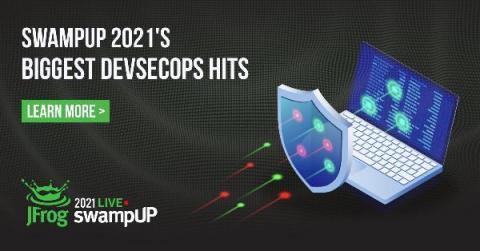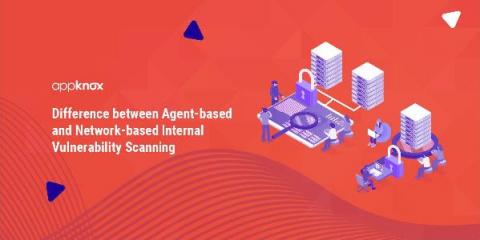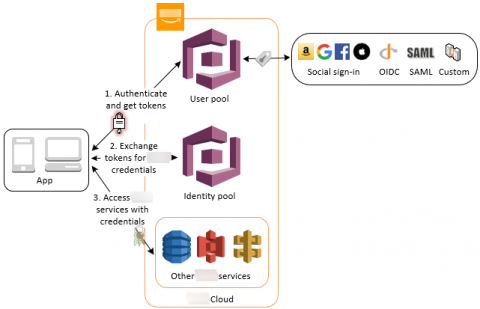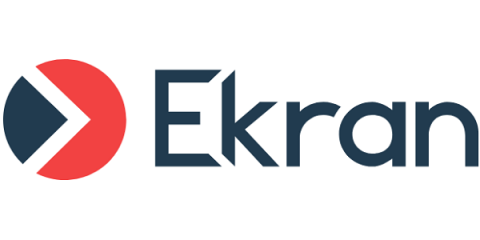What Is A Compliance Management System?
Regardless of your industry, regulatory compliance is an important component of ongoing success. Staying on top of your compliance obligations can be challenging, and a strong compliance management program will require a compliance management system.











